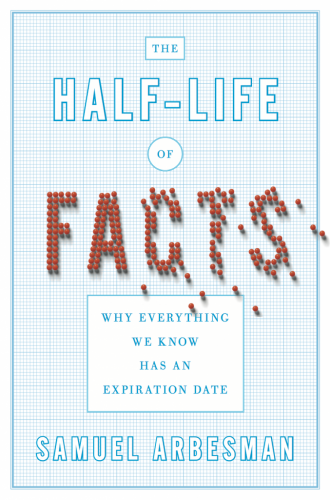
It is easy to recognize the foolishness of ancient “sciences” like alchemy, but it is harder to come to terms with the imperfect methods of modern science. In his 2012 book, The Half-Life of Facts, writer and scientist Samuel Arbesman brings that problem into the open, suggesting that “more important than simply learning facts is learning how to adapt to changing facts.” Arbesman, unsurprisingly, uses the word “facts” loosely, referring more to scientific knowledge and commonplace assumptions than to concepts of eternal truth.
According to Arbesman, our knowledge base is intrinsically dynamic. He even quantifies his statement with various mathematical models, such as an estimate of how many years it will take for half of the existing medical literature to be rendered obsolete.
The idea that knowledge changes predictably is an immensely powerful one, and one that should frame scientific learning. But although Arbesman makes a strong case, the sheer number of mathematical models — he describes “exponential change” and “logistical curves” ad nauseam — is distracting. The tedious details of these models are left half-explained and are conspicuously ill-suited to a pop-culture book.
The salient and quite powerful point of Arbesman’s book is that the world is vertiginous but quantifiable, a strange combination encapsulated in droll witticisms such as “the asymptote of truth.” The influence of his thesis, however, would almost certainly have a longer “half-life” in a feature-length article with more illustrations and fewer references to math.
